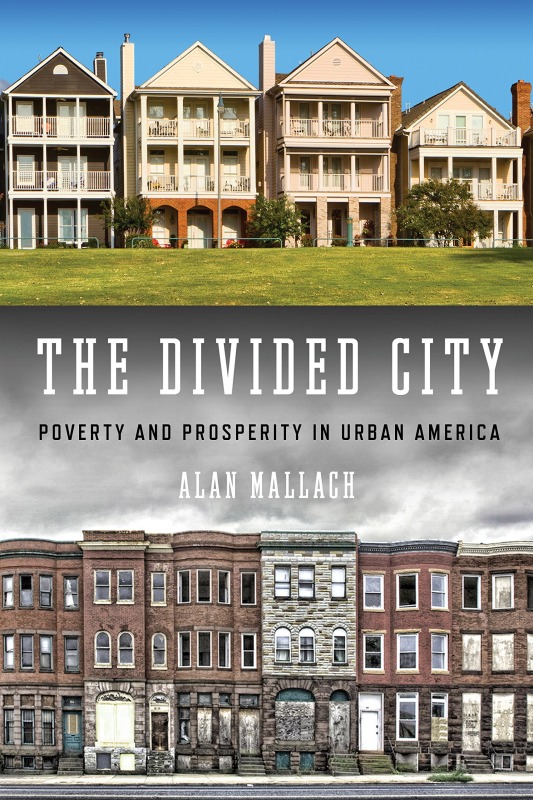Global Partnerships
Urban 95 Course Presentations and a Workshop at Istanbul
What if there were a global open-source course teaching graduate students how to design child-friendly cities? We piloted a model for the course this year at the Hebrew University - see link to course: https://bit.ly/2XP7DPY
Final presentation 1: https://bit.ly/2XQNrwY
Final presentation 2: https://bit.ly/2JwH7RU
Final presentation 3: https://bit.ly/2NCf4Gb
Then, in an intensive workshop in Istanbul. together with people who teach related courses in Turkey, Albania, Holland, Scotland, New York, we hammered out the structure for an international course.
Our goal is to equip expert practitioner faculty with a packet of course materials including detailed lecture outlines, readings and videos, discussion questions and assignments, that they can then adapt to the specific local conditions. The course is built to encourage partnership with a local municipality, who could participate in the course, guide students, and receive as a course deliverable a detailed analysis and recommendations for child-friendly neighborhood design.



Social Urbanism: Ideas from the 7th World Urban Forum for Israel
Written by Israelis who participated in the UNHABITAT World Urban Forum in Medellin, Colombia, in April 2014. Each of the participants was asked to suggest what to include in the report based on their interests, the city Medellin, the conference, and especially the meeting points between their experiences in Medellin and their work in Israel. Each topic includes a short description, an explanation of why it is important, and its relevance to Israel. The many links dispersed throughout the report allow the reader to delve beyond.
Creating a Welcoming City Post-Coronavirus Lockdown
Scholars as Bridge Builders: Jerusalem and NYC Exploring Practices and Politics of Urban Justice

What happens when urban academics from New York City and Hebrew University spend three days together walking East and West Jerusalem, trading thoughts about spatial justice? Where do theories and practices from our region and from the U.S. align or challenge one another? When and how can good ideas be adapted and 'translated'?
We explored these questions in January 2019 together with NYC Jewish Community Relations Council and young scholars from the Urban Clinic's "Engaged Academics: Cities, Diversity and Spatial Justice" research group.
The full schedule and participant bios are in the link below.



Allan Mallach | "The Divided American City"

Long-time US Friend of the Urban Clinic Alan Mallach was back in May for an intensive visit. Alan lectured on his new book the Divided City: Poverty and Prosperity in Urban American: see here for his policy prescriptions and key data tracking trajectories in low-demand US cities. Alan also advised a team of students in the Urban Clinic Internship course, developing a business plan for low-cost housing in Bet Hanina, Jerusalem. Finally, Alan led a Master Class with housing policy researchers, looking at neighborhood decline in Israel. Alan argued that adding new housing is probably not the most effective intervention for stemming neighborhood decline, particularly in far-flung areas -- and challenged us to explore good practice interventions in education, housing stability, and employment.
Rebuild by Design
What happens when international architecture and urban planning firms use a "collaborative community research" approach, with government and philanthropic funding-- and could this approach be useful in East Jerusalem?
The Urban Clinic hosted Rebuild by Design architect Kobi Rothenberg for a series of lectures and brainstorming sessions to begin exploring the potential.

Kobi explained how, in the wake of Hurricane Sandy in the New York area (2012), Rebuild by Design was launched to help government and communities find resilient solutions for rebuilding. The collaborative design methodology, resting on multi-sector collaboration and local knowledge, has now been applied in numerous other cities. Together with civil society and academic representatives, we began to imagine what a design-based approach might bring to the 'Five Year Plan for East Jerusalem (GR 3790, passed in June 2018). Could a neighborhood-approach, or even a 'drill-down' to neighborhood main streets, contribute more timely and appropriate implementation in the public realm? What might be the role of the community councils and community planners in East Jerusalem?

